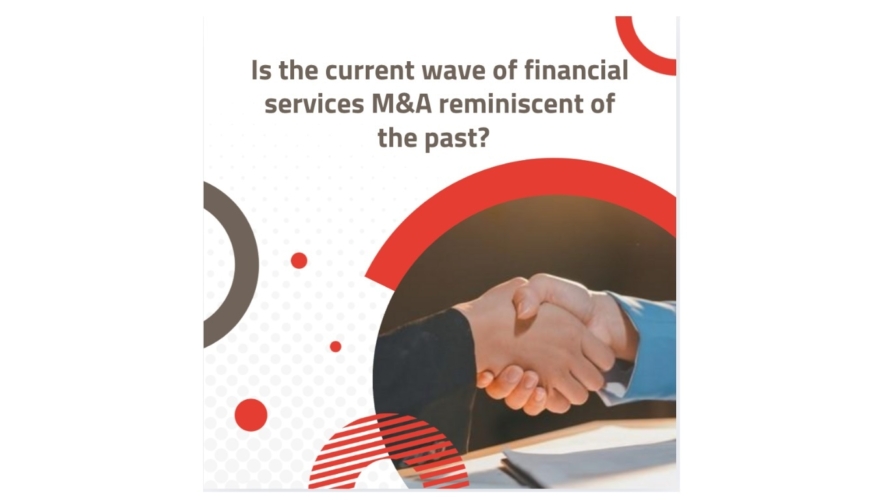Financial Consolidation Cycles: Is the current wave of financial services M&A reminiscent of the past?

Decibel Media has a long history of working with prominent, small, and significant financial brands over the years, and we’ve witnessed changes in the landscape that reshaped the industry.
I was a young pup working in advertising when I worked on Fleet Bank in the 1990s. But I was around long enough to witness M&A happening rapidly, transforming the New England financial landscape. It started modestly in 1991 with the acquisition of the Bank of New England, then the merger of Shawmut in 1995 created the largest bank in New England, followed by the acquisition of BankBoston in 1999. Fleet, or FleetBoston as it was called, was now the 7th largest bank in the United States. Eventually, Bank of America acquired FleetBoston in 2004. Are we entering another M&A cycle, or is the news of Eastern Bank’s acquisition spree (Harbor One, Cambridge Trust Company) just an anomaly in the market?
Why are banks and credit unions now merging? We are seeing financial service companies such as JPMorgan acquiring First Republic, more minor regional bank mergers, and even banks and credit unions merging. There are current market drivers that are driving M&A, such as:
• Pressure on margins sustained by high interest rates
• Escalating regulatory costs
• The digital evolution that has caused Fintech disruptions
• Shift in customer demographics and their changing traditional loyalties
• The mobile evolution and a skeptical customer base
In the 1990s, during the evolution of Fleet Bank, the focus was mainly on scale and efficiency. Today, the reasons for M&A are driven by factors such as technology integration, customer preference for digital experiences, and brand advertising efficiencies used to compete with larger brands.
What hasn’t changed over the years is the likability of a financial institution. Most individuals recognize the need for a financial service partner, but few would describe them as a “partner.” There are times when mergers are imminent every day, creating an opportunity to build a strong brand connection. Brand strategy is crucial at these moments. Money is emotional to clients, and their brand recognition and reputation are essential. We have supported institutions through these transitions (Cambridge Trust, Boston Private, Cape Cod 5, Navigant Credit Union, CollegeWell 529, Avidia Bank, Enterprise Bank) with effective brand advertising, dedicated analytics to learn and prevent attrition, confusion, and loss of trust.
Consolidation is unavoidable. Brand confusion is not. Financial institutions that succeed will be those with clear communication, listen to their customers, and adapt their media strategies to stay ahead of market trends.